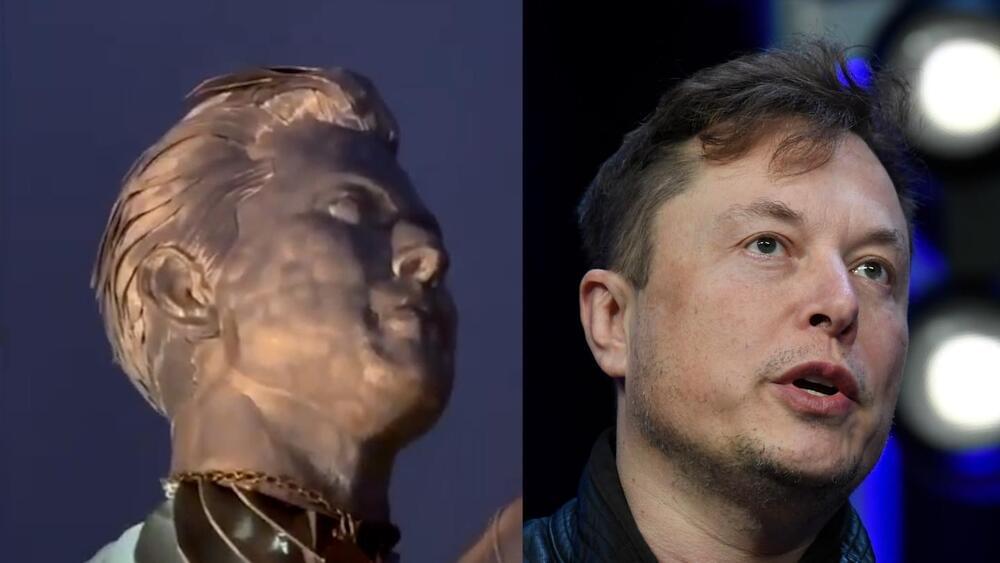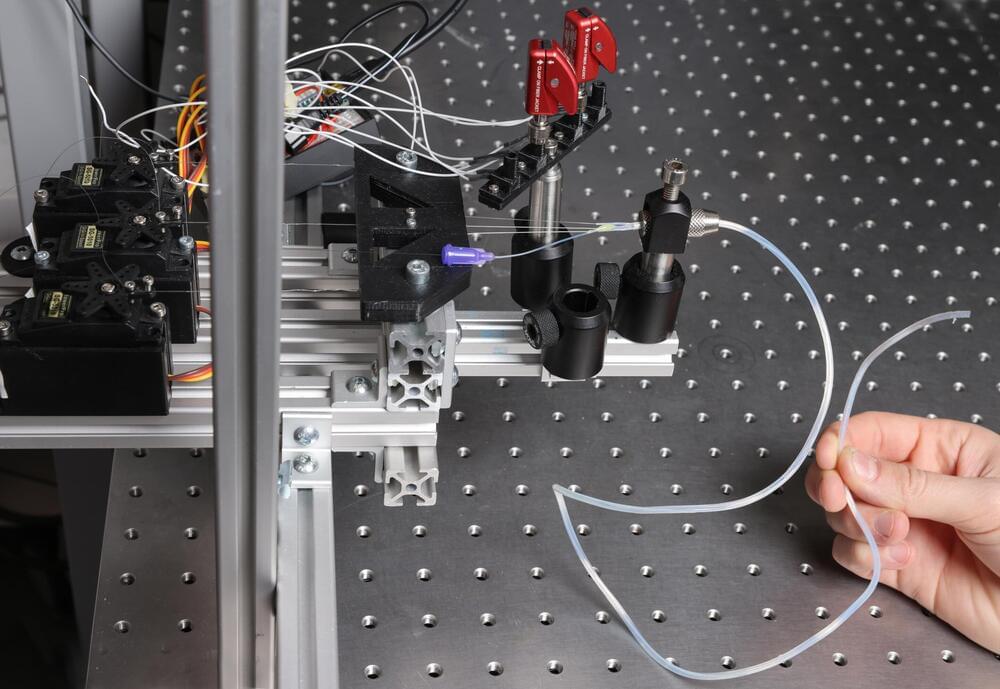Nov 28, 2022
Giant Musk ‘Goat’ statue arrives at Tesla factory in crypto stunt
Posted by Quinn Sena in categories: space travel, sustainability
😗
Elon GOAT Token’s efforts to deliver the statue landed the company on Twitter’s U.S. trending page. Musk purchased the social network last month, causing an upheaval with mass layoffs, departed advertisers and potential changes to the process of obtaining a Twitter Blue check mark.
Costing a total of $600,000, according to Elon GOAT Token, the Musk sculpture is a nod to the billionaire’s fame — a rocket representing SpaceX, the spacecraft company Musk founded; and the literal goat, a word that is also used as an acronym for the phrase “Greatest Of All Time.”
Continue reading “Giant Musk ‘Goat’ statue arrives at Tesla factory in crypto stunt” »


















